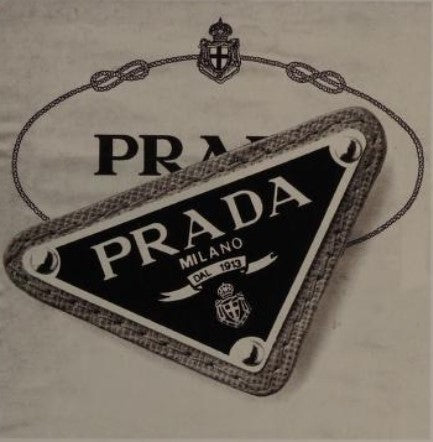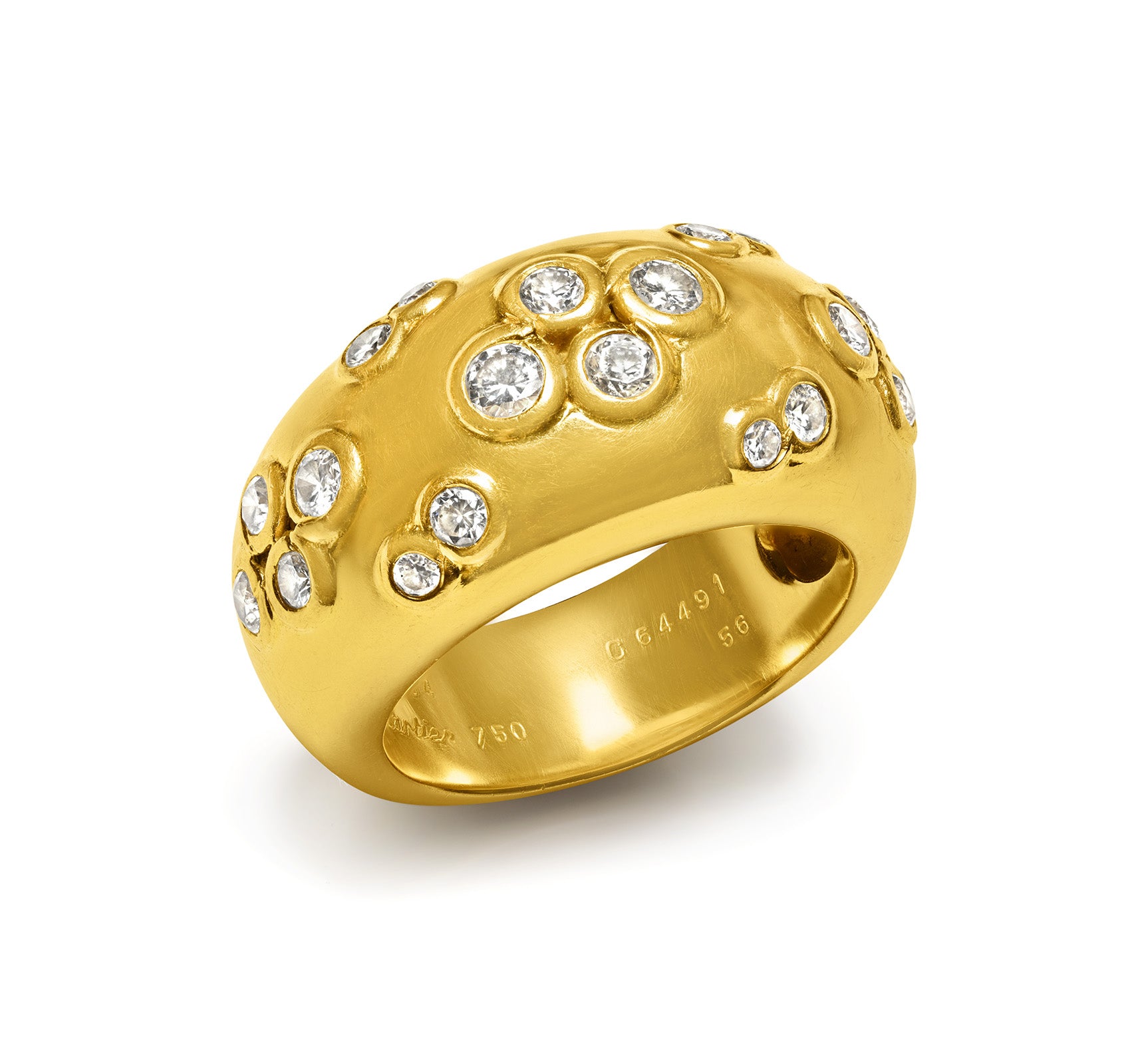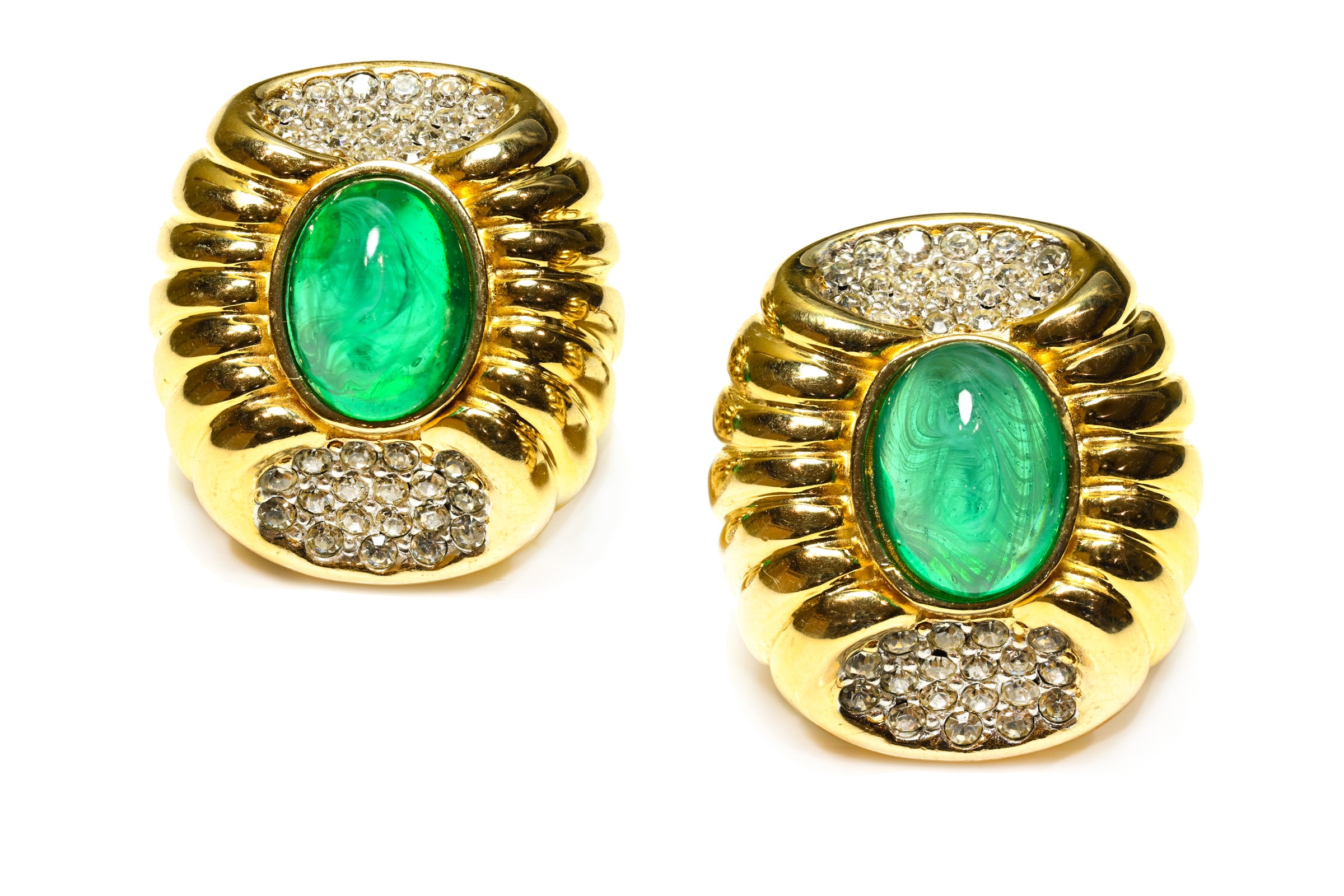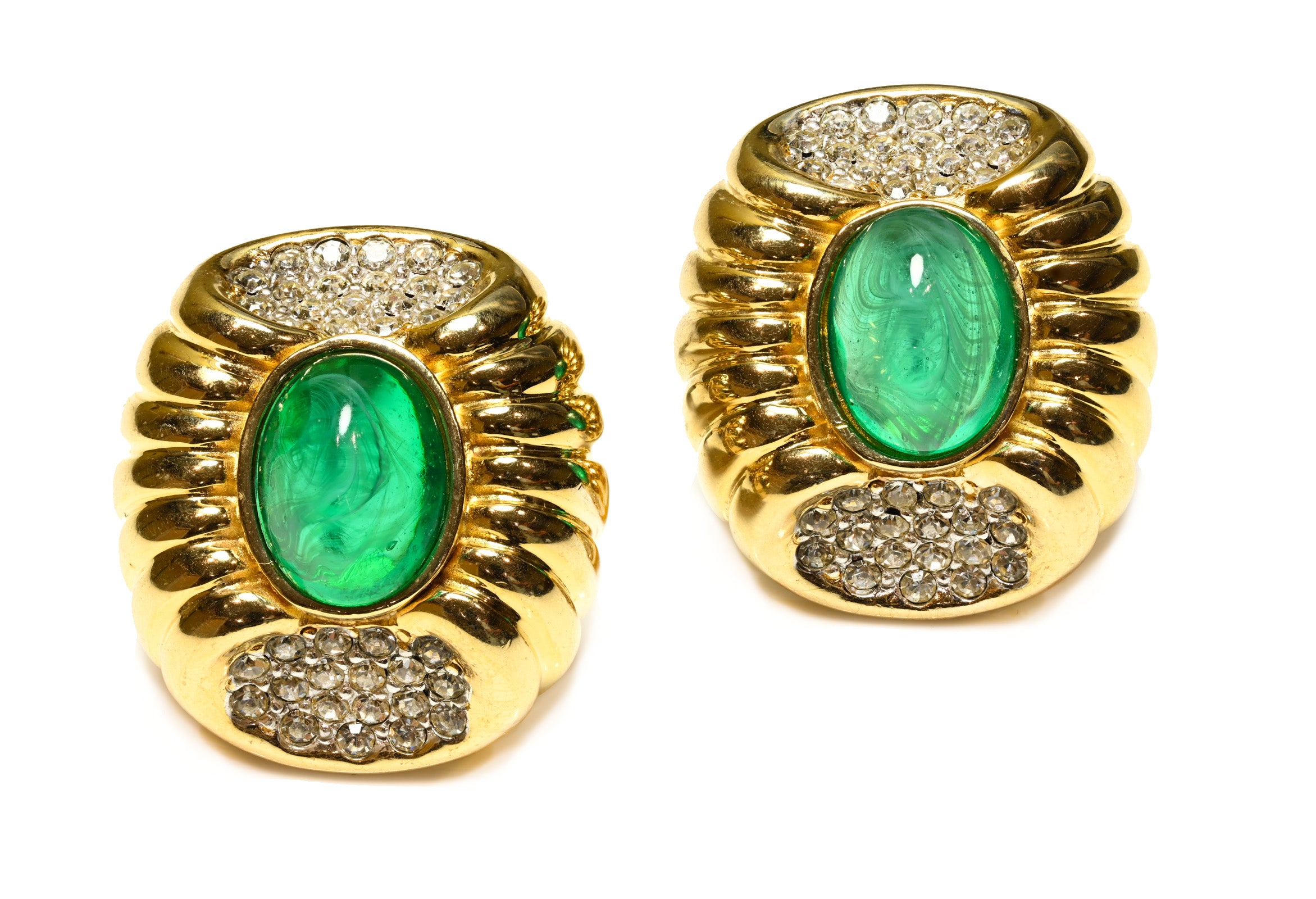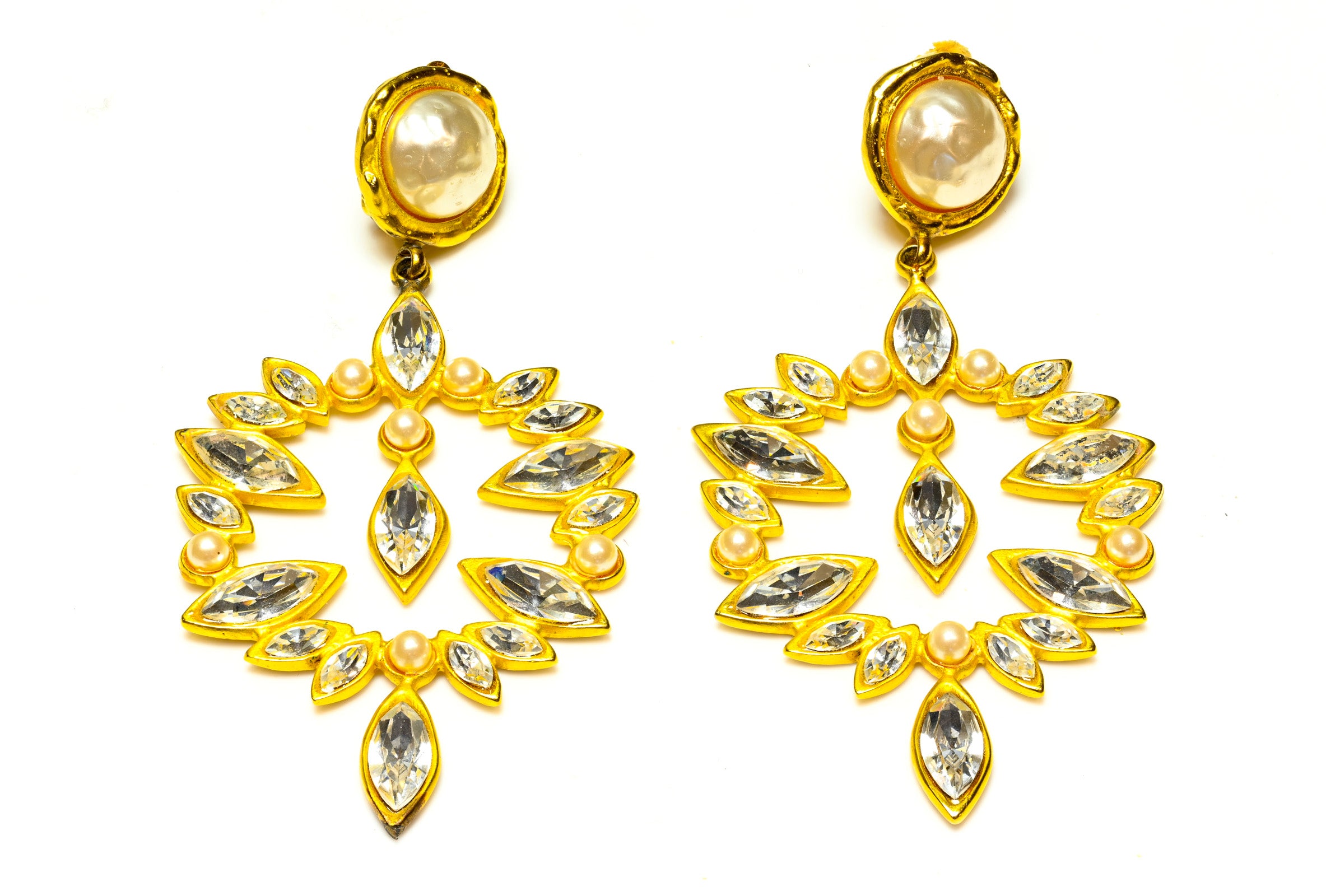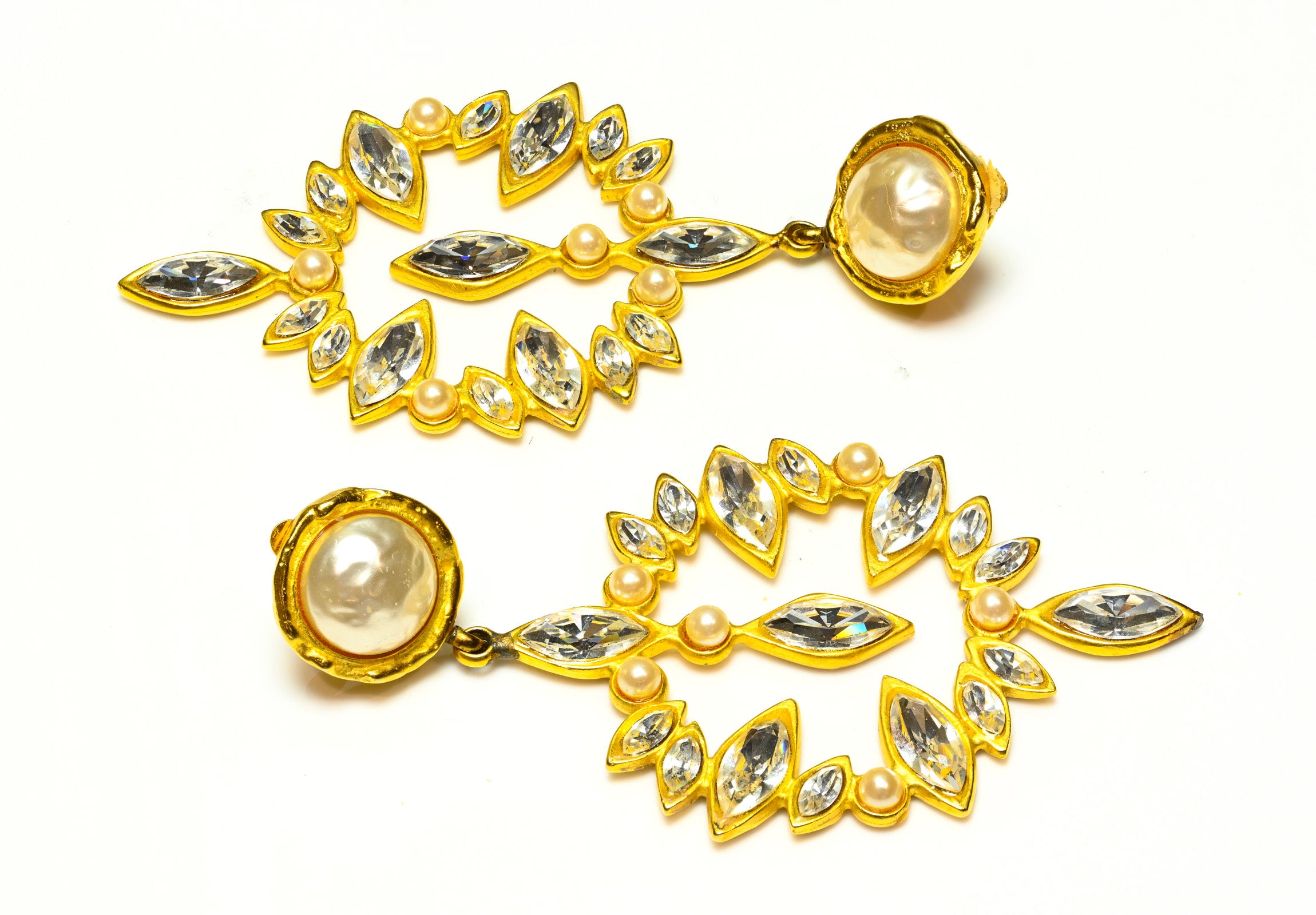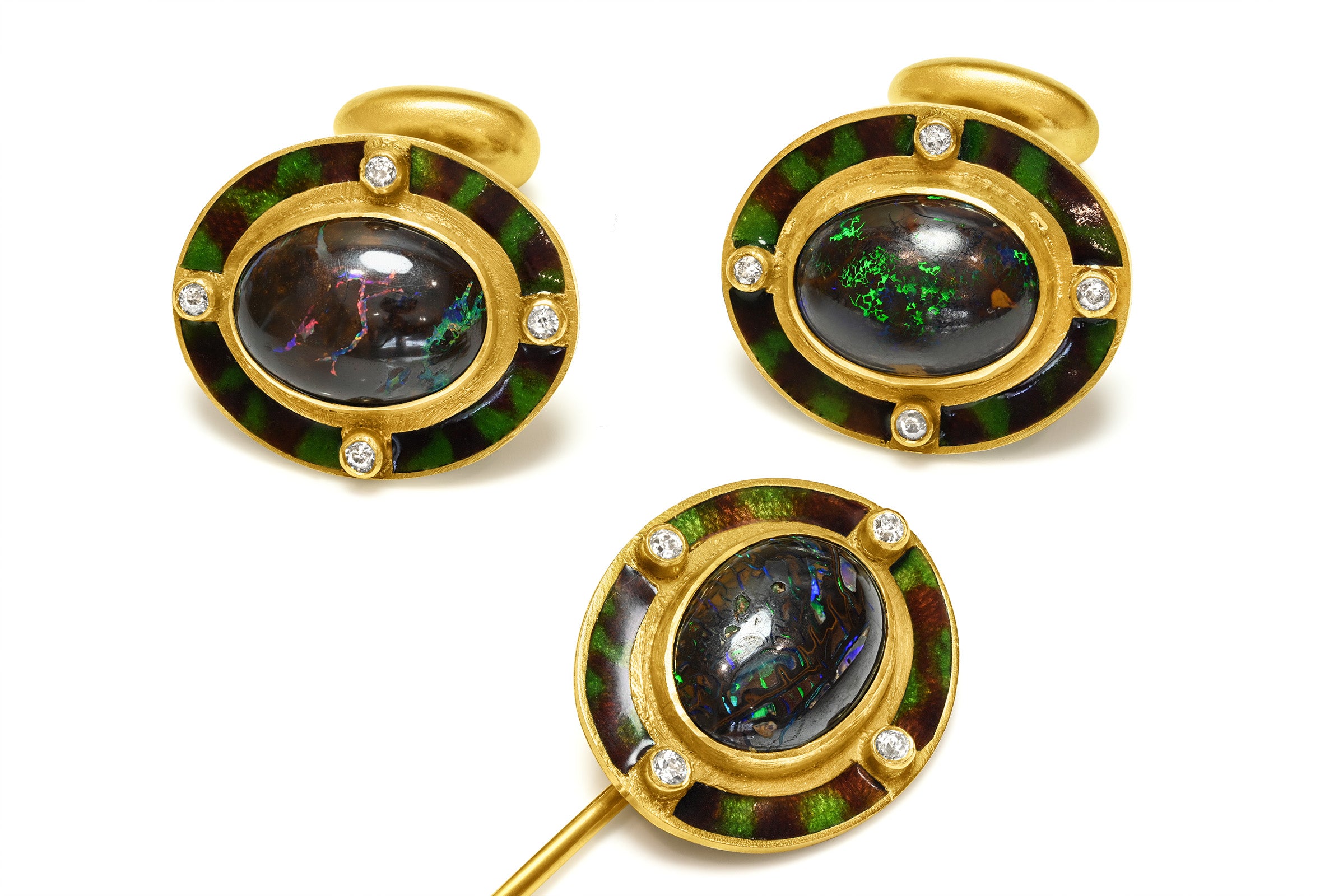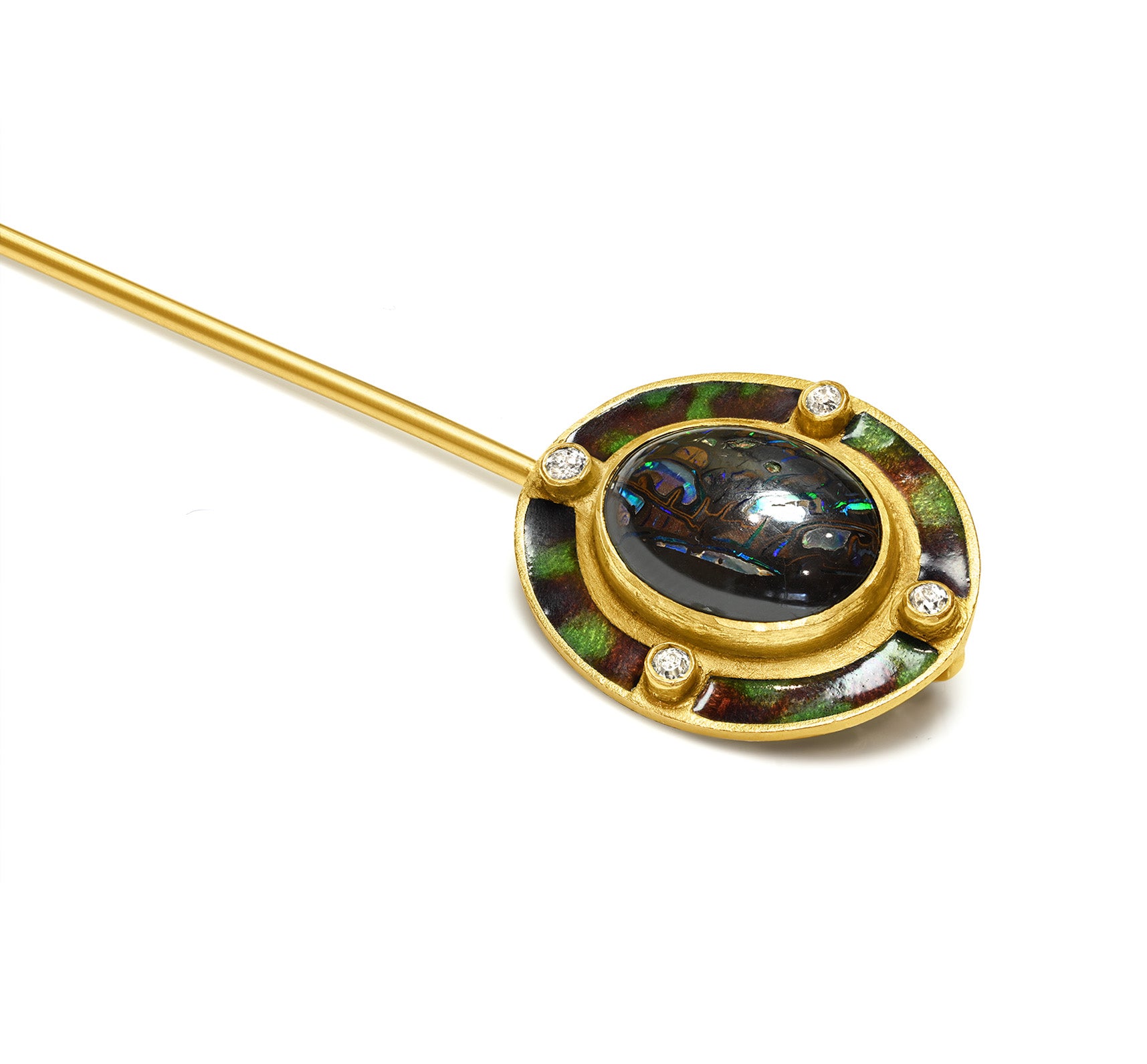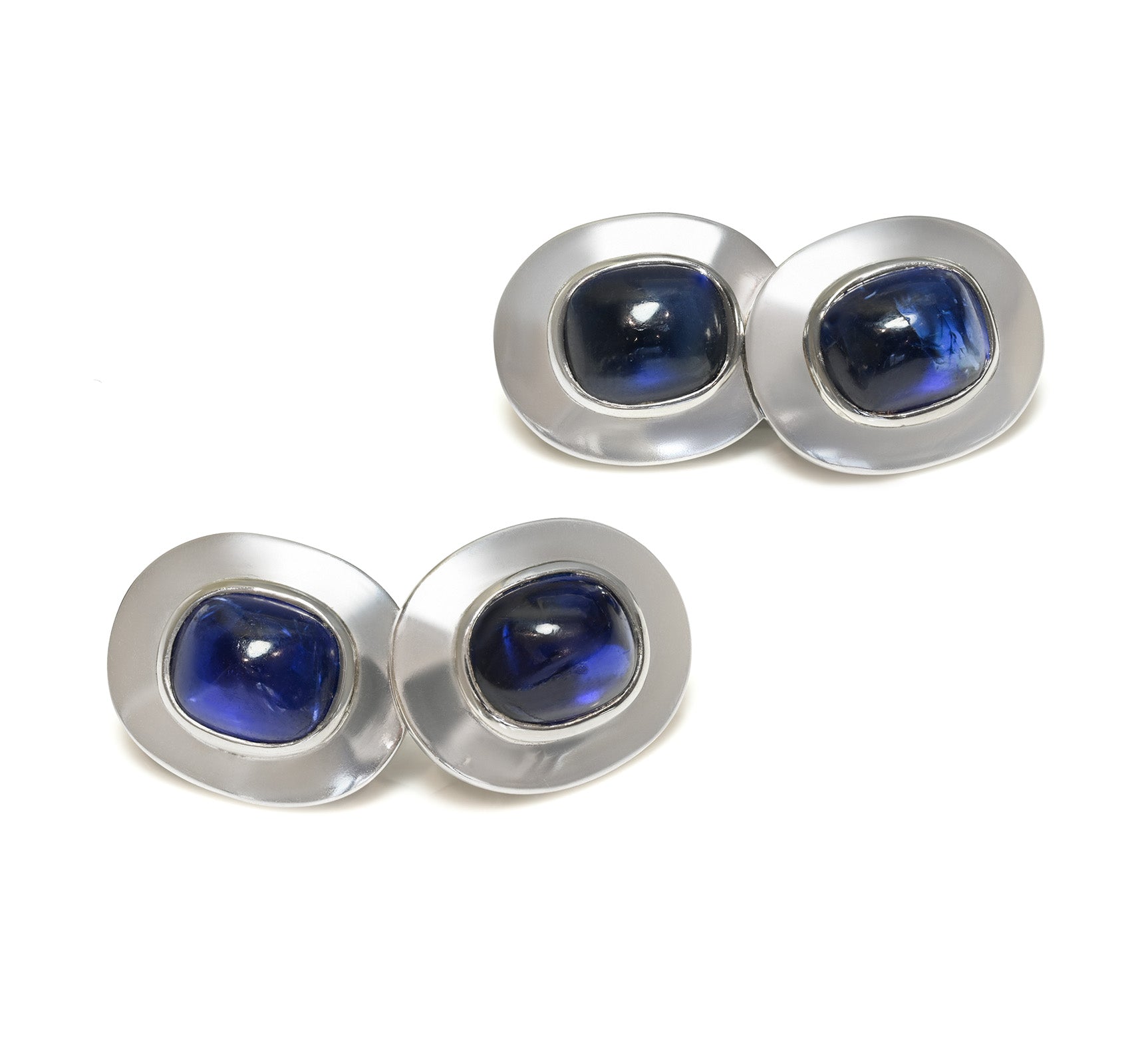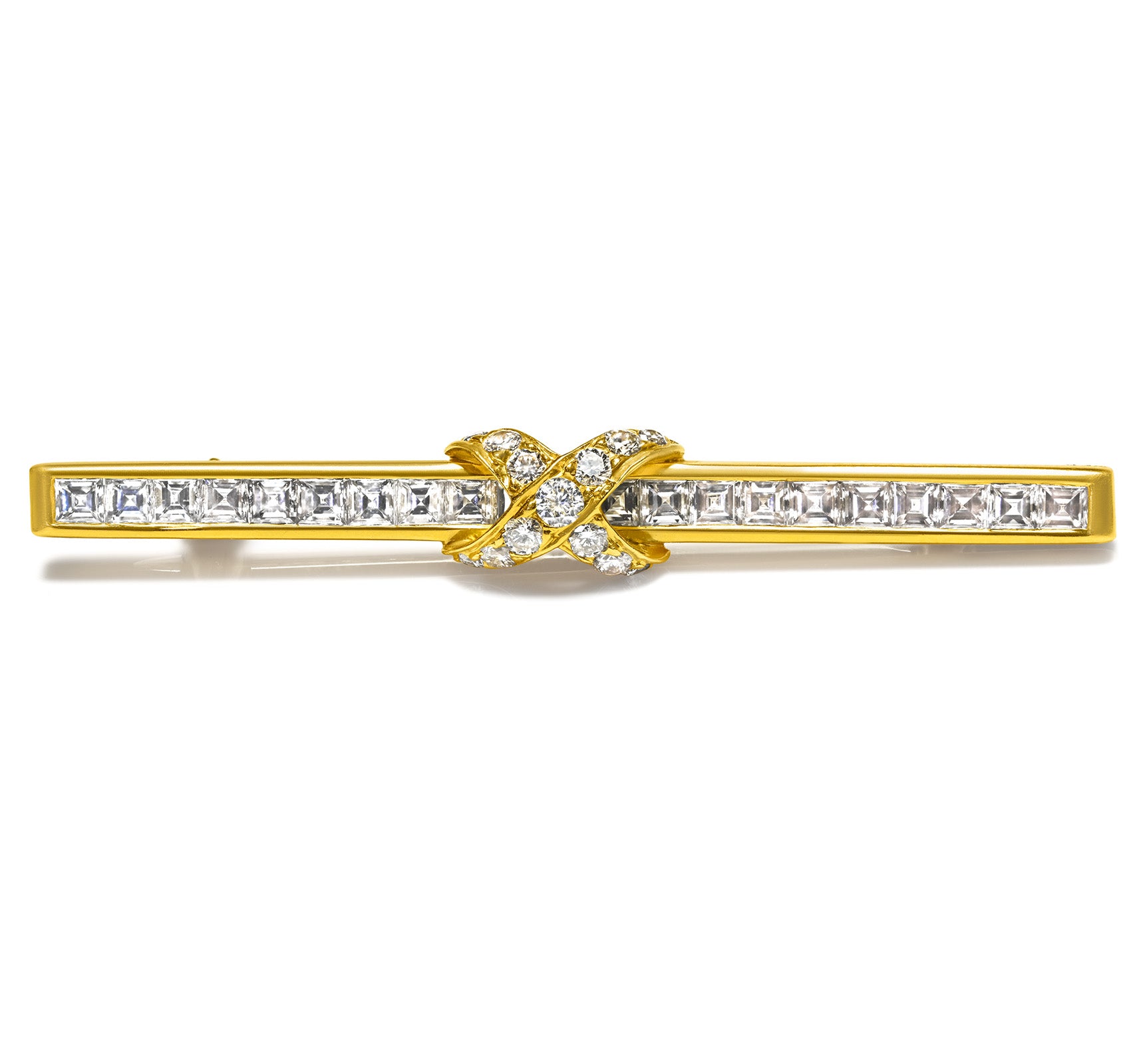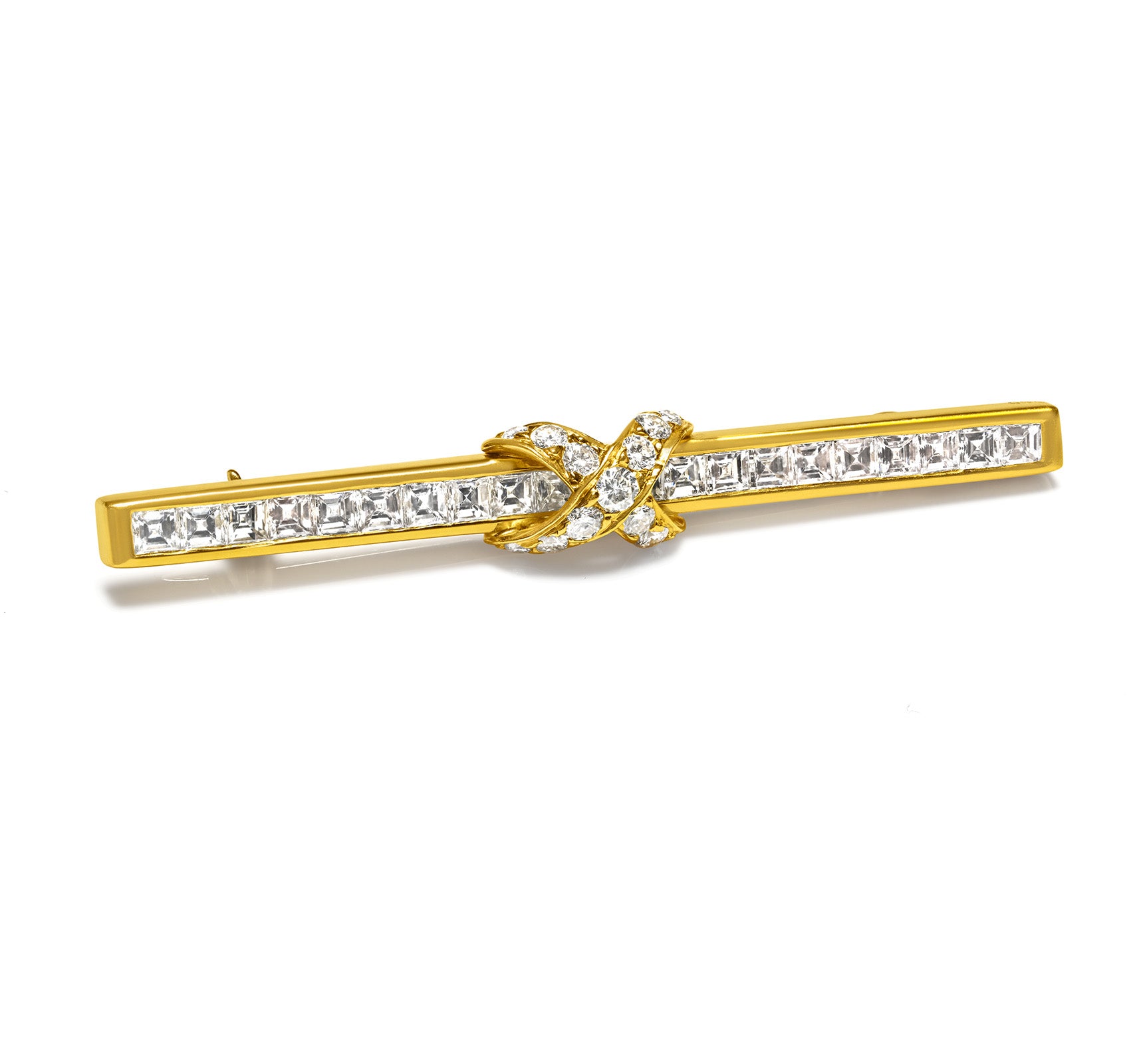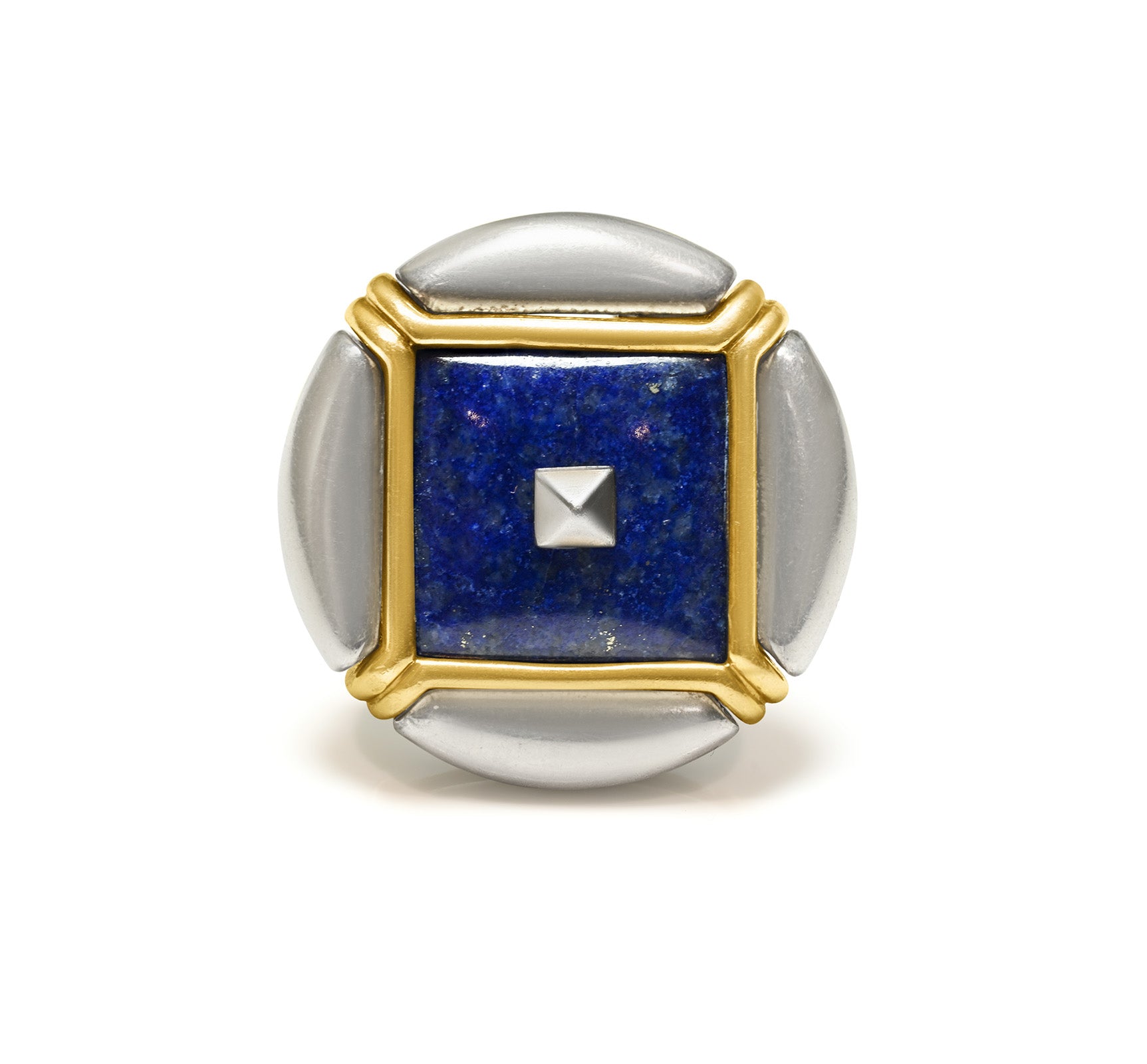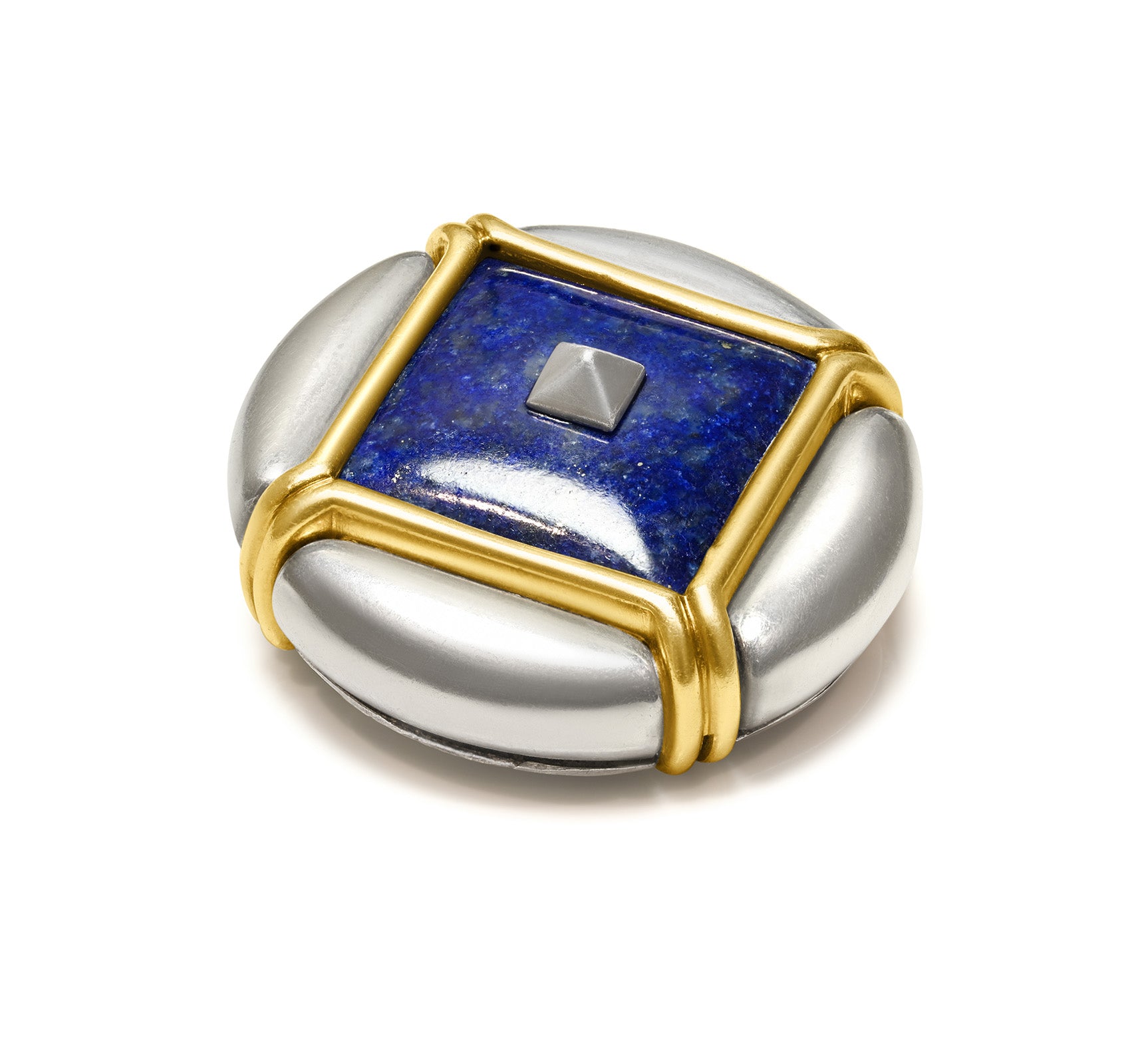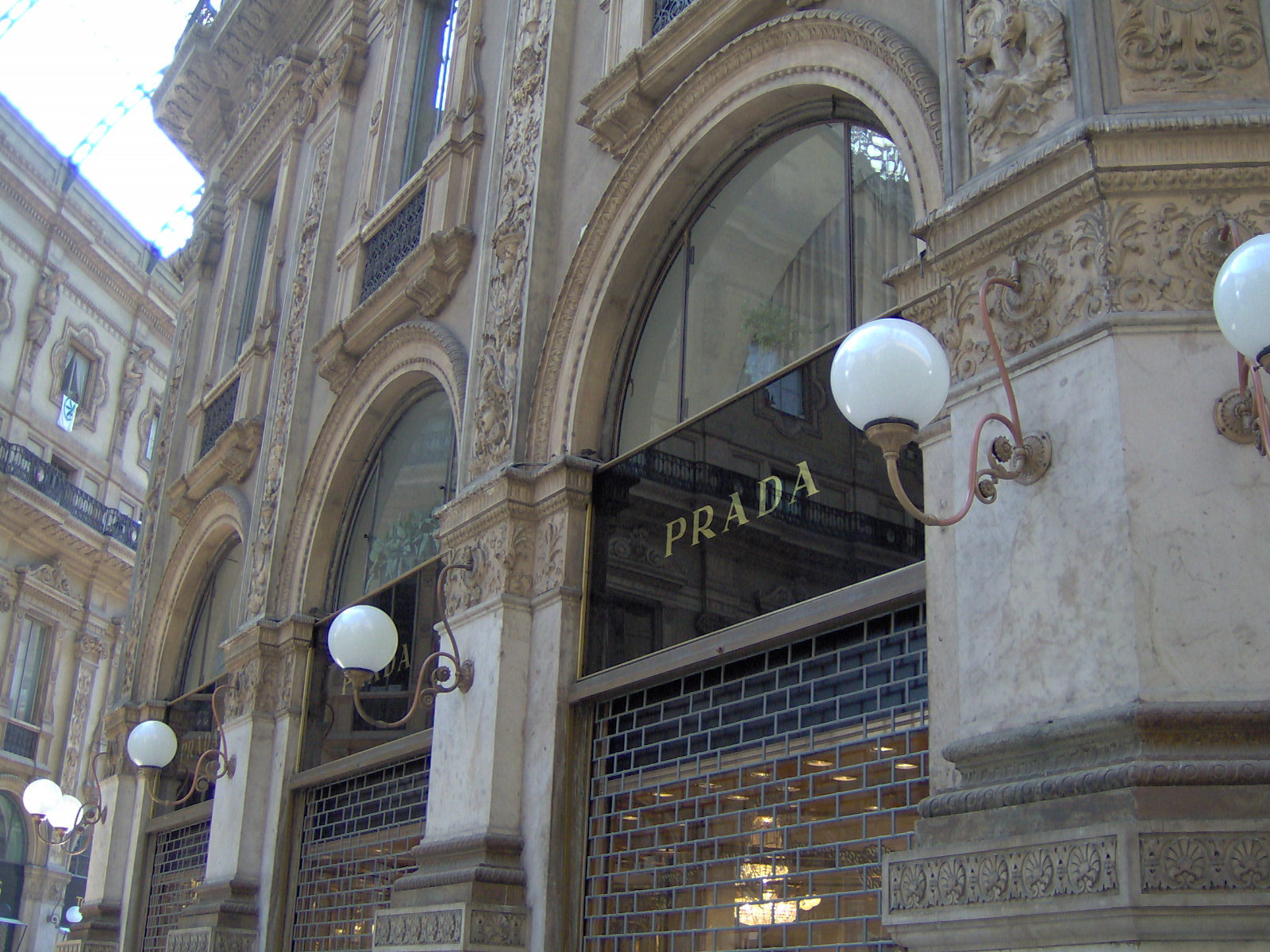
How Mario Prada Built an Empire in the Fashion Industry
Mario Prada is a significant figure in the fashion industry, known for founding the prestigious fashion brand that bears his name in 1913.
His vision and craftsmanship laid the groundwork for what would become a symbol of luxury and innovation. Prada's journey began with a focus on exquisite leather goods, setting a standard for quality that resonated with the upper echelons of society.
The brand's evolution from luxury leather goods to avant-garde fashion exemplifies Mario Prada's enduring legacy. His pioneering spirit continues to influence modern fashion, highlighting a commitment to both tradition and innovation.
By exploring how Mario Prada built an empire, we uncover a story of transformation and enduring influence—an empire not just of products but of ideas that challenge conventional notions of style. From steamer trunks to cutting-edge fashion, the journey reveals the dynamic interplay between heritage and modernity.
The Founding of Prada: A Legacy Begins
In 1913, Mario Prada laid the cornerstone for what would become a hallmark of luxury fashion by establishing Prada in the heart of Milan, Italy. This cosmopolitan city, renowned for its rich cultural heritage and vibrant fashion scene, served as the perfect backdrop for Mario's ambitious venture.

Mario Prada's early focus was on crafting high-quality leather goods such as bags, handbags, and luxury travel accessories. He also imported English steamer trunks, which were highly coveted by Italy's elite. These exquisite items quickly set the foundation for Prada's reputation.
The meticulous attention to detail and commitment to quality distinguished Prada from its competitors, securing its place among the elite purveyors of luxury goods.
A pivotal moment in Prada's ascent came in 1919 when it was appointed as the official supplier to the Italian Royal House.
This prestigious acknowledgment significantly enhanced the brand’s stature in the fashion world. It opened doors to an exclusive clientele that included not just royalty but also members of the upper-middle class and aristocracy, who were drawn to Prada’s sophisticated designs and unparalleled quality.
The groundwork laid by Mario Prada established a legacy that would evolve into one of the most influential brands in modern fashion history. His vision and dedication created a strong foundation upon which future generations would build and innovate.
Luisa Prada: Continuing the Tradition
Luisa Prada took over the family business in the late 1950s after her father, Mario Prada, passed away. Her leadership was a turning point for the brand as she inherited a company known for its prestige and quality craftsmanship.
Adapting to Change
To meet changing consumer demands, Luisa shifted Prada's focus towards high-end handbags and fashion accessories designed for airline travel. This strategic move catered to an increasingly mobile clientele seeking luxury and functionality.
Maintaining Essence
Even with these changes, Luisa remained dedicated to upholding Prada's core values of elegance and superior craftsmanship. Her efforts ensured that the brand continued to connect with its sophisticated audience while also embracing modern trends.
Through her vision, Luisa successfully balanced innovation with tradition, creating a foundation for future generations to build upon the luxurious legacy established by Mario Prada.
Miuccia Prada: Revolutionizing Fashion with Innovation
Miuccia Prada became a prominent figure in the fashion world when she was appointed as CEO in the late 1960s.
With her educational background in political science and art history, Miuccia Prada brought a new perspective to the brand that challenged traditional ideas.
Her knowledge allowed her to combine theory with creativity, leading to groundbreaking innovations.
The Game-Changer: Black Nylon Handbags
The introduction of black nylon handbags in 1985 was a turning point for Prada. These bags, made from industrial materials, redefined luxury by combining practical design with high fashion—a bold departure from traditional leather goods.
The sleek, minimalist look of these handbags, along with their functional use, appealed to consumers who wanted both style and practicality. This innovative approach not only changed Prada's product offerings but also set new standards in the luxury market.

Preda boutique. Photo credit: fotogoocom via Wikimedia Commons
Redefining Luxury
By redefining luxury to include functional yet stylish items, Miuccia Prada positioned the brand as a leader in fashion innovation. Her vision went beyond conventional beauty, embracing an avant-garde philosophy that still influences modern design trends today.
During Miuccia's time, it was shown how an established brand could evolve by daring to challenge norms and accept modernity while remaining true to its core identity.
Avant-Garde Styles and Cultural Commentary: Miuccia's Signature Approach
Miuccia Prada's impact on fashion is often described as revolutionary, with her avant-garde styles and cultural references marking a significant departure from traditional luxury norms.
In 1988, she introduced her first womenswear line, which she famously characterized as "uniforms for the slightly disenfranchised." This collection showcased her unique perspective on femininity and power dynamics, offering a fresh narrative that resonated with the evolving societal landscape.
Her design philosophy extends beyond aesthetics, integrating deep cultural commentary within each piece. Miuccia blends fashion with powerful narratives, reflecting her academic background in political science and art history.
Her collections challenge conventional beauty standards and explore complex themes of identity, power, and social structures.
Cultural References
Each collection often draws upon diverse cultural elements, infusing Prada's clothing with layers of meaning.
Social Commentary
Through her work, Miuccia engages with contemporary issues, sparking conversations around topics such as gender roles and consumerism.
Prada's runway shows are not just fashion events; they are platforms for dialogue and reflection. By pushing boundaries and embracing innovation, Miuccia has solidified Prada’s position as a leader in both style and substance.
Her creations continue to captivate audiences worldwide, maintaining an enduring influence on modern fashion narratives.
Expansion and Financial Growth under Miuccia: A Global Phenomenon
Under Miuccia Prada's visionary leadership, Prada experienced a meteoric rise in both sales and influence within the global fashion industry.
The brand's financial transformation was nothing short of remarkable, with revenue soaring from $450,000 to an astounding $3.38 billion by 2016. This explosive growth positioned Prada as a formidable force in the luxury market.
Strategic Expansion into New Product Categories
Key to this success was the strategic expansion into ready-to-wear clothing and designer shoes, which broadened Prada's product offerings while maintaining its core identity of exceptional craftsmanship and innovative design.
The introduction of these lines allowed Prada to tap into new consumer segments, elevating its status beyond a purveyor of luxury leather goods to a comprehensive fashion powerhouse.
Seamless Integration of Tradition and Modernity
Miuccia’s approach seamlessly integrated traditional elegance with contemporary style, ensuring that each collection resonated with the evolving tastes of fashion-forward individuals.
From minimalist silhouettes to bold color palettes, Prada's ready-to-wear and footwear collections embody a blend of timeless sophistication and cutting-edge aesthetics.
Reinforcing Reputation as a Trendsetter
Through these strategic expansions and unwavering commitment to quality, Prada not only diversified its portfolio but also reinforced its reputation as a trendsetter in high fashion—a legacy that continues to inspire the industry today.
Fondazione Prada: Bridging Art and Fashion for a Sustainable Future
Miuccia Prada's visionary approach extends beyond the boundaries of fashion, finding a fertile ground in the realm of contemporary art with the establishment of Fondazione Prada.
This cultural institution stands as a beacon for innovative artistic practices, nurturing a symbiotic relationship between art and fashion.
Miuccia’s initiative to promote contemporary art through this platform highlights her commitment to fostering creative dialogues that transcend traditional industry confines.
Contributions to Contemporary Art
Fondazione Prada provides a space where artists can explore and express avant-garde ideas, challenging societal norms and sparking intellectual conversations. Its exhibitions often feature works that push the envelope, inviting audiences to engage with thought-provoking themes.
Enhancing Brand Ethos
By intertwining art with fashion, Fondazione Prada enhances the brand's image and ethos. This integration not only reinforces Prada's reputation for innovation but also underscores its dedication to sustainability—embracing art as a means to address cultural and environmental issues.
The foundation serves as an intersection where fashion meets other creative disciplines, amplifying Mario Prada's legacy by weaving it into the broader tapestry of cultural discourse. This initiative illustrates how Miuccia continues to redefine luxury, ensuring that Prada remains at the forefront of both fashion and artistic expression.
Mario Prada: The Enduring Legacy of a Fashion Visionary
Mario Prada's impact on fashion is profound, setting a foundation that his successors have built upon with their distinctive touches.
Luisa Prada: Navigating Change with Heritage
Luisa Prada, inheriting the brand's rich heritage, subtly steered it through evolving consumer trends while preserving its core ethos. Her focus on handbags and accessories ensured the brand remained relevant during changing times.
Miuccia Prada: Redefining Boundaries
Miuccia Prada, with her visionary approach, revolutionized the history of Prada brand. Her introduction of innovative materials and avant-garde designs pushed boundaries, ensuring the brand's continued influence in modern fashion. Prada's runway shows often provoke thought and challenge societal norms, cementing its status as a cultural commentator.
- Luisa's Contribution: Continued the tradition with an emphasis on quality and adaptability.
- Miuccia’s Innovation: Expanded the brand’s narrative through bold designs and cultural commentary.
Prada’s legacy remains vibrant, a testament to Mario’s visionary beginnings and his successors' unwavering commitment to excellence.
Prada's story shows how important innovation and cultural engagement are in keeping a luxury brand alive and relevant in the constantly changing world of fashion. Mario Prada's vision set the stage for a brand that constantly pushes the limits of luxury.
Discover Mario Prada's journey to see how his groundbreaking mindset still impacts today's fashion, motivating upcoming generations to combine tradition with modern creativity.
The future of luxury fashion will be defined by those who have the courage to innovate, just like Prada has been doing for more than a hundred years.
FAQs (Frequently Asked Questions)
Who is Mario Prada and what is his significance in the fashion industry?
Mario Prada was a fashion pioneer and the founder of the prestigious Prada brand. He established Prada in 1913 in Milan, Italy, focusing initially on luxury leather goods and steamer trunks, which laid the foundation for the brand's reputation for quality craftsmanship.
What role did Luisa Prada play in the evolution of the brand?
Luisa Prada took over the brand in the late 1950s after Mario's passing. She inherited a rich heritage and shifted the focus towards upscale handbags and accessories for airline travel, adapting to changing consumer needs while maintaining the essence of the brand.
How did Miuccia Prada revolutionize fashion?
Miuccia Prada became CEO in the late 1960s and introduced innovative designs, including black nylon handbags in 1985. Her approach challenged conventional notions of luxury by redefining it with utilitarian items that combine functionality and style.
What is Miuccia's design philosophy?
Miuccia’s design philosophy blends avant-garde styles with cultural references and social commentary. She launched her first womenswear line in 1988, characterized as 'uniforms for slightly disenfranchised,' reflecting her unique perspective on femininity and power dynamics.
What impact has Miuccia had on Prada's financial growth?
Under Miuccia's leadership, Prada experienced significant financial growth, increasing sales from $450,000 to $3.38 billion by 2016. She expanded the brand into ready-to-wear clothing and designer footwear while staying true to its core identity.
What is Fondazione Prada and its relevance to the brand?
Fondazione Prada is an initiative by Miuccia to promote contemporary art through a cultural institution that showcases innovative artistic practices. It plays a crucial role in enhancing the brand’s image and ethos while fostering a dialogue between fashion and other creative disciplines.
What is the estimated value of the Prada brand in 2024?
According to recent market valuations, the Prada brand is estimated to be worth approximately $13.6 billion in 2024. This valuation reflects the brand's continued growth, strong market presence, and successful business strategies.
The brand value has been bolstered by strategic digital initiatives, sustainability efforts, and maintaining its position as a leading luxury fashion house.
Despite global economic challenges, Prada continues to demonstrate robust performance in key markets, particularly in Asia-Pacific regions, contributing to its substantial brand worth.
Photo cover credit: (Per Andersson) (Nrkpan), via Wikimedia Commons

